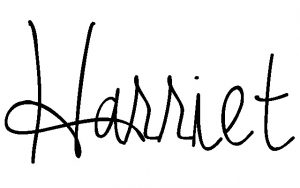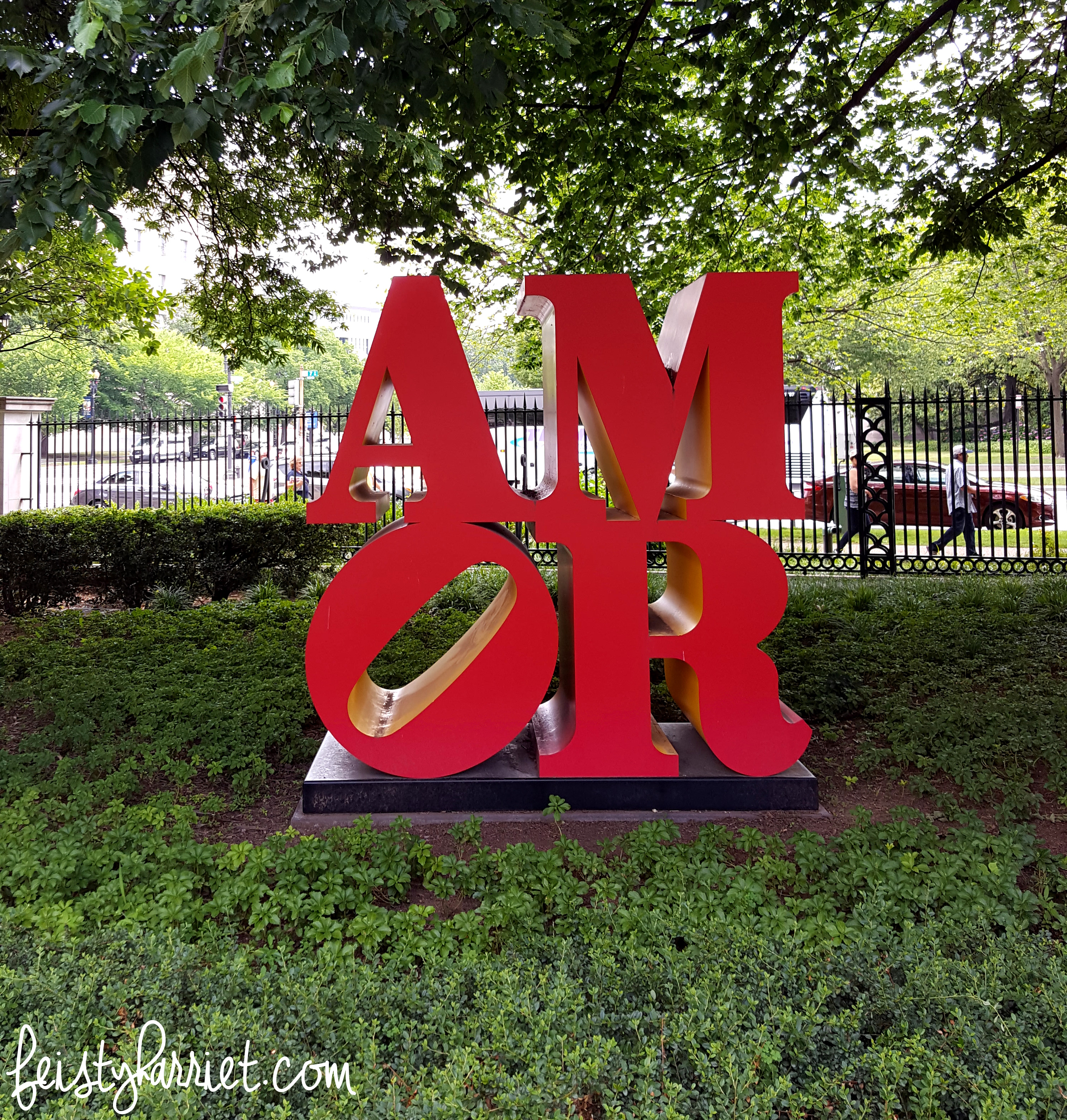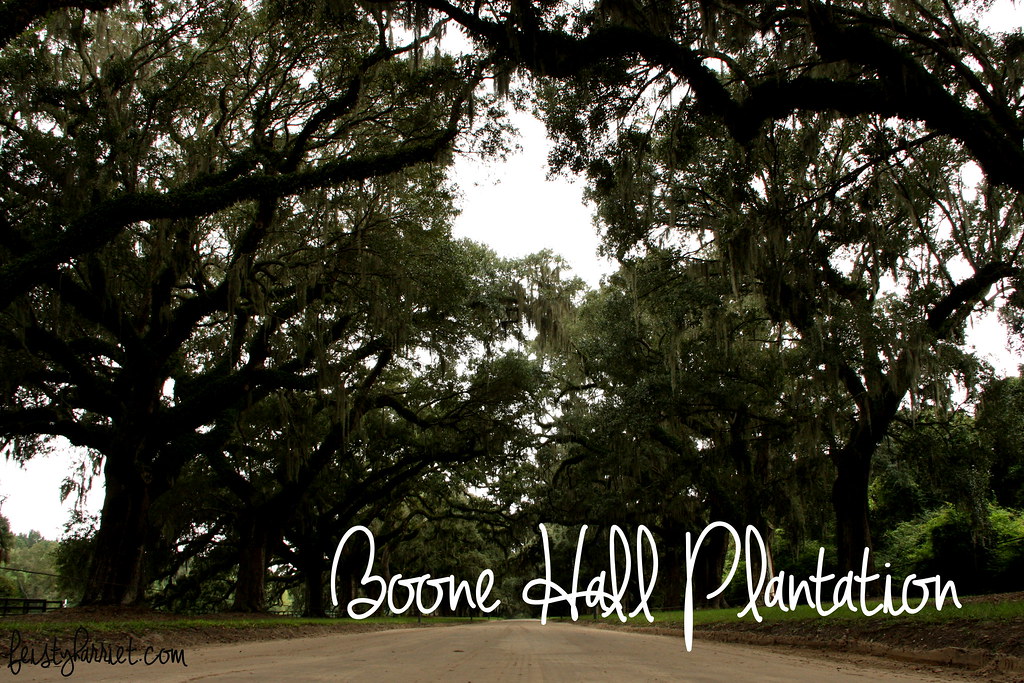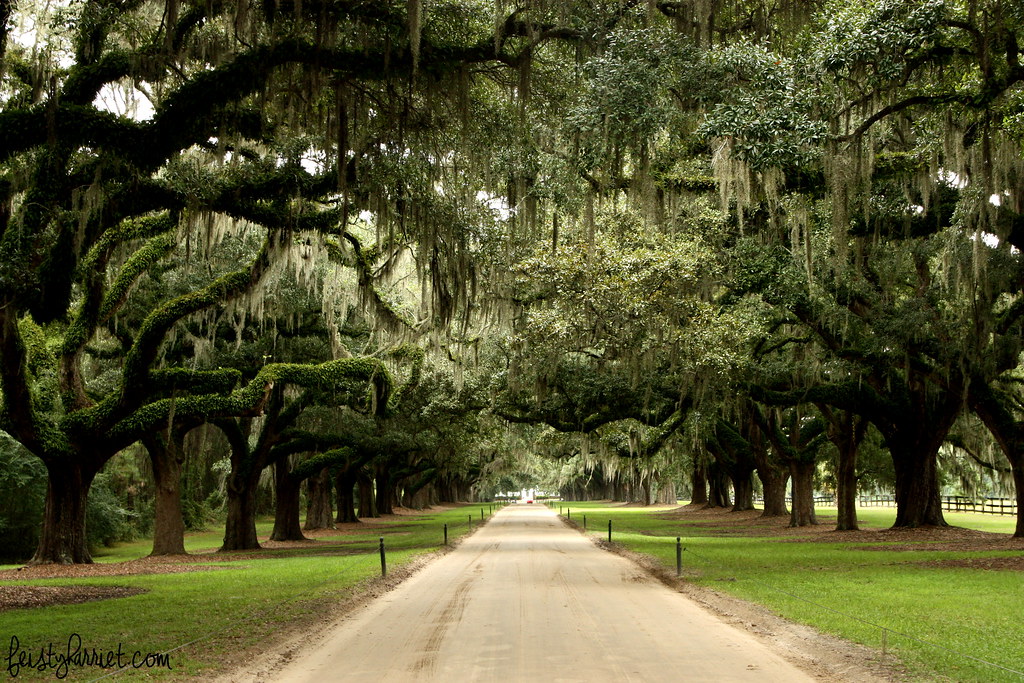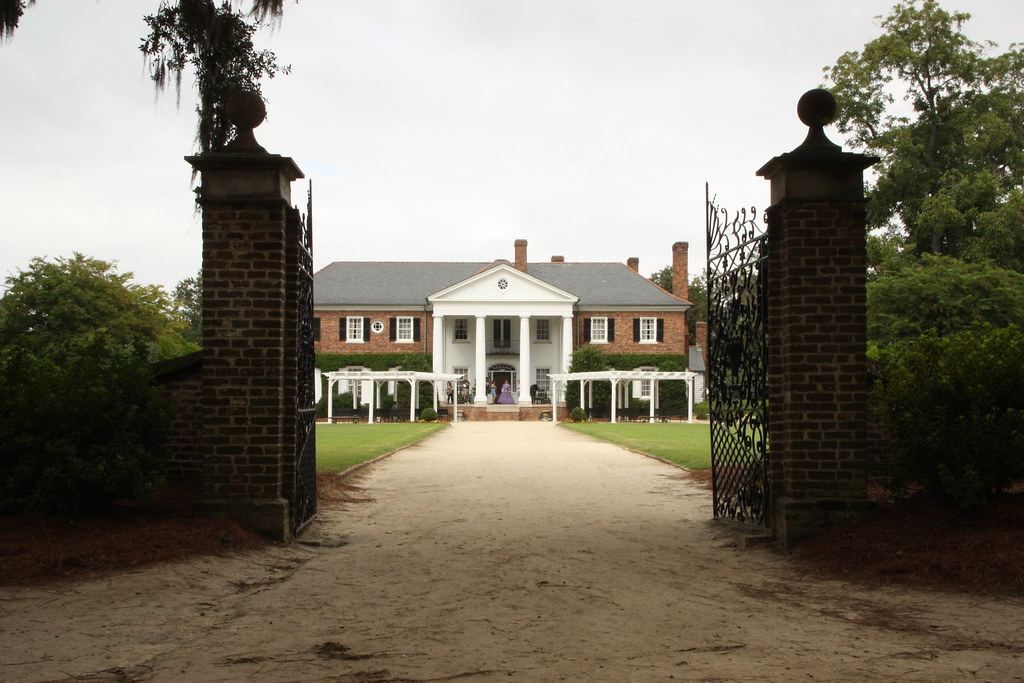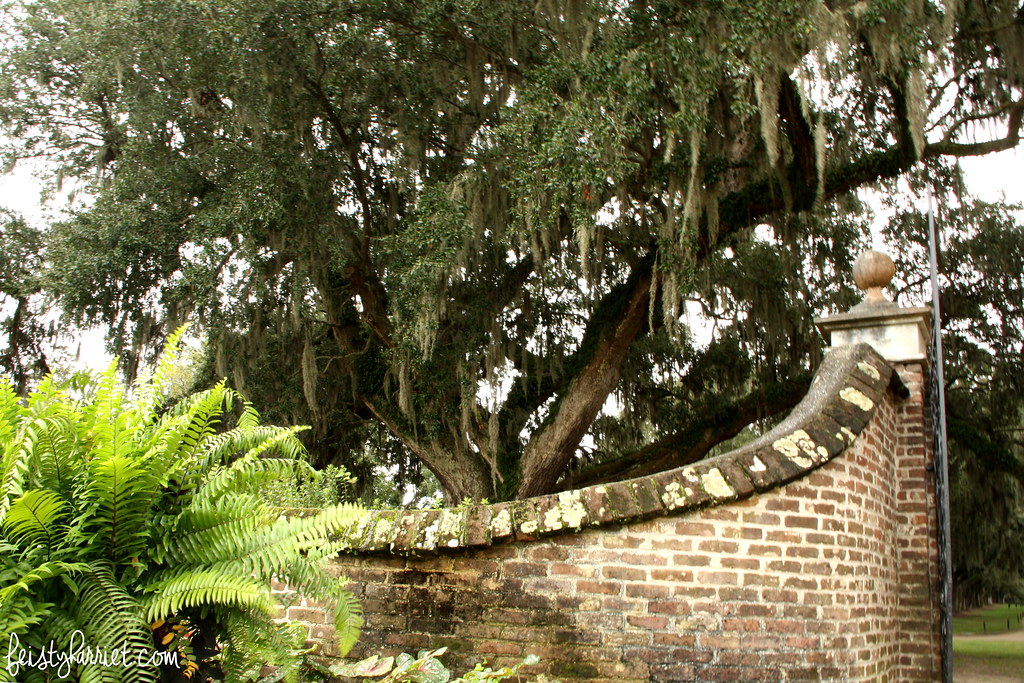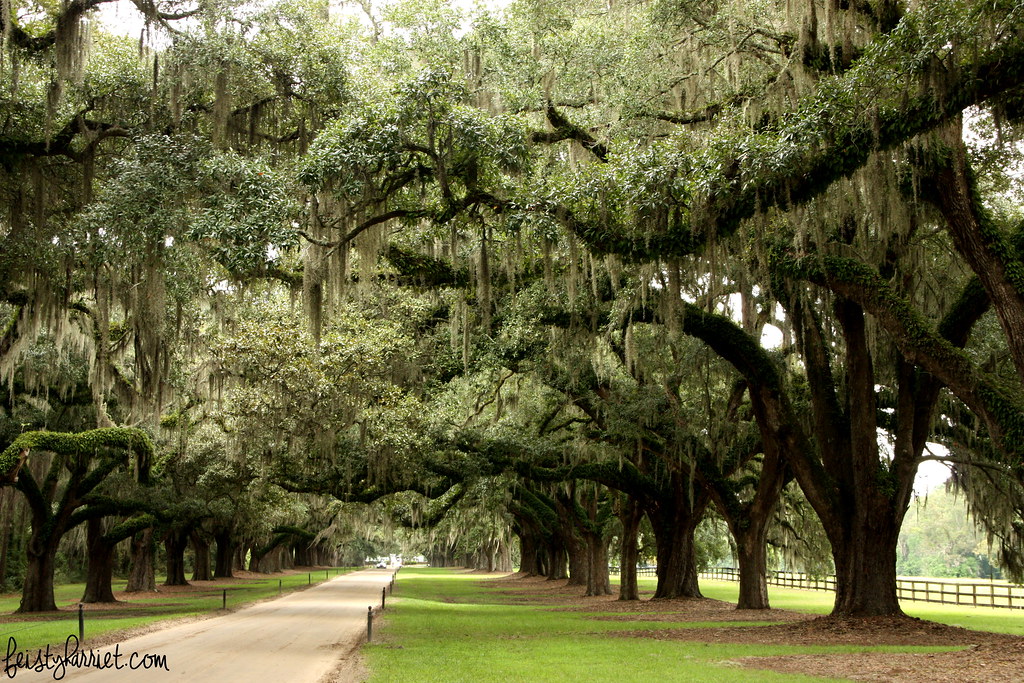For the last few months I have been trying to educate myself a lot more about the racial tensions and battles in the United States, both in the days of yore, and also yesterday. As more and more black people are being targeted with unnecessary force I want to try to understand as best I can the history, what has changed, what has not changed, and the current situation. It is not light reading, my heart is heavy and I get angry, a lot, at the things I read. I imagine this will be something I continue to study as I try to understand. I started with some biographies and autobiographies of Martin Luther King, Jr. and Malcolm X to understand a little more of the historical context of current problems, the difference between civil disobedience/peaceful protest and Malcolm X’s more violent activism. I also read John Howard Griffin’s monumental book Black Like Me, and I’ll be damned, but all four of those books discussed, extensively, how a black man should act when white police were around. Honestly, it’s the SAME problems that are happening on streets and in parks today. The New Jim Crow truly opened my eyes to the nitty-gritty problems in our criminal justice system, which I felt conversant in having watched all available seasons of Law and Order…uh, it’s not like that. Not at all. And I am embarrassed that I knew so little about what truly happens on a day-to-day basis for men and women who are arrested for drug possession, drug use, or, you know, just being black and in the “wrong place” at the “wrong time.” We have so much work to do, and while I may not have all the knowledge and details and background, and I certainly don’t have the memories of my own racial oppression to work from, but I can still be an activist. I can still try to understand and speak out against the unspeakable atrocities that are happening to citizens of this country.
The Autobiography of Martin Luther King, Jr., edited by Clayborne Carson (4 stars). Firstly, this is not an autobiography, but a chronological collection of MLK Jr’s writings and speeches detailing his work towards racial equality in the US, up to his death. Secondly, I listened to the audiobook version, and many of the speeches are actual recordings of MLK’s words, complete with gritty technology and crowd noise. I really appreciated this book, I liked hearing MLK’s own words, I think the only speech I had heard him voice before was his “I have a dream” speech. I also really liked how detailed he was in his letters, opinion pieces, and other writings to detail non-violent protests, but I also really like how specific MLK gets about what will happen if there is no response to non-violent protest (spoiler: things will turn violent; Nelson Mandela came to the same conclusion; Gandhi did not have to come to that conclusion because the government in India made sweeping efforts to correct social and racial injustice around the country). I would now like to read an actual biography of MLK to fill in a lot of the details that are skipped in this collection.
Malcolm X: A Life of Reinvention, by Manning Marable (4 stars). I knew very little about Malcolm X prior to reading this book and I appreciate the author focusing on the ways that Malcolm changed and transformed his public persona throughout his lifetime. From a criminal, to a minister and teacher for the Nation of Islam, to starting his own Islamic church (branch? organization?)…from militant protests to a more inclusive and civil dialogue, Malcolm X was constantly adjusting his politics and his protests. I am still processing said politics and trying to figure out my opinion. I think there are a lot of comparisons between Malcolm X and Martin Luther King, Jr, their very different protesting style and brand of activism, and I think that both have valid points. Malcolm X was representing urban poor, which is a very different demographic from small Southern towns where MLK worked. Malcolm had zero formal schooling, and prided himself on being just like the people he worked with. MLK had a doctorate and his friends were similarly educated. I’m not saying one is a better leader than the other, I’m saying they are very hard to compare. Also, as a middle class white girl from the American West, I feel like I cannot make a judgement call on what Malcolm X or MLK Jr were to the different groups of people who followed them. I have a lot more reading to do.
Malcolm X: By Any Means Necessary, by Walter Dean Myers (3 stars). This is a decent biography…for children. Malcolm X had a pretty rough life, and while his drug use and dealing is discussed, as is the fact that he was a “burglar” there isn’t much real talk about the horrible conditions and lack of opportunity Malcolm had in his early years, or much about the violence he preached in his middle years. He is a super controversial character, and part of his appeal to so many inner city black men is he had lived their existence and had served prison time for his crimes. This book doesn’t necessarily deny that, but it definitely doesn’t go into detail about the realities of his options, choices, and decisions when it comes to drugs, women, violence, and theft.
Black Like Me, by John Howard Griffin (4 stars). I am so conflicted on my rating for this book; on the one hand, I am furious that the first-person narratives from people of color, of their every-day experiences are not taken as seriously as this book where an upper class white man essentially goes into black neighborhoods in the south in an elaborate “black face” disguise and writes about it is taken seriously. Now, that isn’t John H. Griffin’s fault, necessarily, and I think he makes a lot of excellent points describing the differences between his experience as a white man and a black man in the same neighborhoods in the same couple of weeks. Griffin’s experiment was in 1959 when segregation in the South was still very prominent in many cities and towns that Griffin visited. Also, some of the racism and action he came up against is still prevalent today, and that is something–as a white person–I need to deeply consider. I think this is a must read book.
The New Jim Crow: Mass Incarceration in an Age of Colorblindness, by Michelle Alexander (5 stars). This was such a difficult book for me to read, the text is dense and full of statistics and stories, and the content is…heartbreaking doesn’t seem to cover it. Alexander discusses changes throughout the last 30 or 40 years in policing, the war on drugs, minimum required sentences, and how the vast majority of policies on a state and federal level surrounding those topics put people of color–the vast majority young black men–behind bars and with a felony record that bars them from many social services, job opportunities, and housing options, which, in turn, turns them back to a life of petty crime in order to survive. I am still processing this book, but in a time of so much unnecessary police brutality, in a time of race discussions and arguments, I think everyone needs to read this book.
